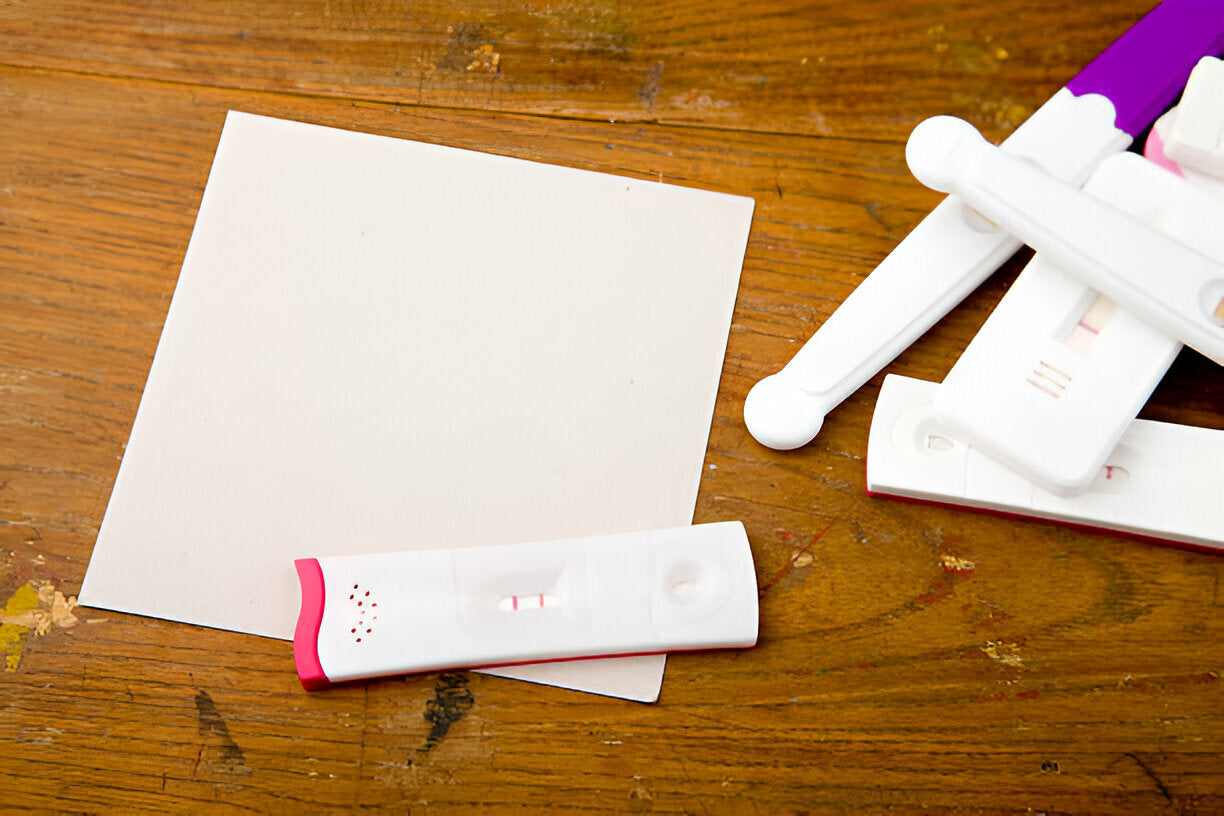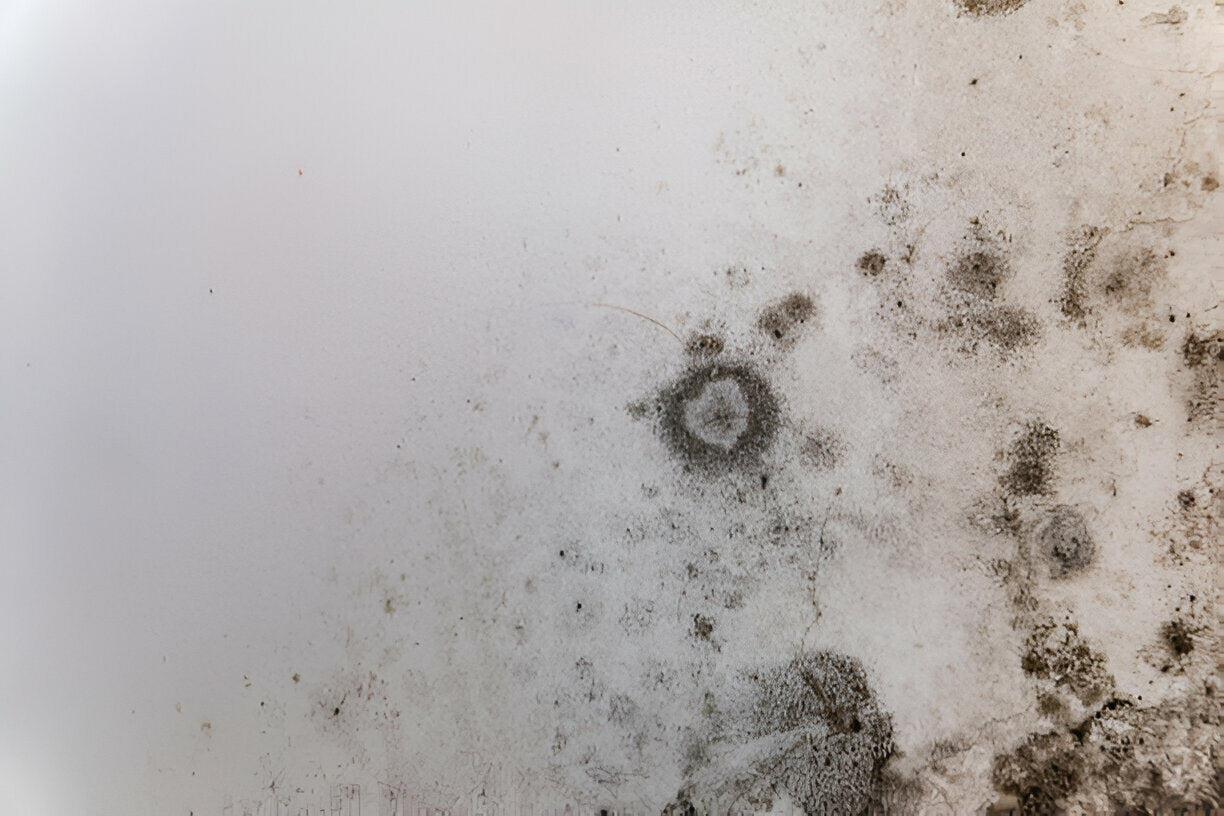Who doesn't like the charms of a vintage house? You can hear the creaking in the hardwood floors and the wide windows that flood the rooms with ample sunlight. It feels like you are walking in history. Despite all that romance, there could be an invisible risk at play here: lead.
That's where a lead test kit comes in, and in this blog, we will discuss just that.
The Hidden Hazards At Home
Most people don't focus on lead all that often. The EPA states that 87% of houses made before 1940 contain lead-based paint. Homes built before the U.S. banned lead in paint in 1978 could also contain lead.
The problem? Lead exposure can badly affect children's health. It may hurt the brain and nervous system, lead to a slower growth rate, and contribute to problems with learning and behavior.
How do you figure out if lead poses a threat to your home? That's where a lead test kit becomes essential.
What Is A Lead Test Kit
A lead test kit is a small, easy-to-use tool designed to detect the presence of lead in your home, especially in painted areas. This tool lets homeowners, renters, and renovators check for lead quickly without sending samples to a laboratory.
It works like a DIY pregnancy test kit. It instantly tells you if it is a yes or a no, so you know what to do next.
Usually, these kits are made for use on:
-
Paint on walls and trim.
-
Wooden furniture.
-
Walls, doors, and windows.
-
Baseboard and railings.
In certain cases, you can use them on soil or dust, depending on the kit.
How Does A Lead Test Kit Work
Here's a basic look at the science behind it.
Most lead test kits use a chemical reaction. If the test solution encounters lead on a surface, it will react by changing color. The response can usually be seen just seconds after it comes into contact with a lead-containing surface.
The Basic Steps
Here's a step-by-step guide to how to conduct this test:
-
Rinse the surface off: Be sure to get rid of dust to get accurate results.
-
Apply the solution: Squeeze or shake the applicator to release the chemicals.
-
Lay it down gently: Rub the product over the surface you wish to test.
-
Look at the color: A red or pink tinge often means that lead is present.
Always look at the instruction manual provided with your kit. Some tests recommend confirming their results in the lab, so you have evidence for official or legal purposes.
Types Of Lead Test Kits
Usually, it has the following main types:
-
Rhodizonate kits: They change color from clear to red or pink when lead is detected.
-
Sulfide-based kits: They change color to dark gray or black when they come into contact with lead.
-
EPA-recognized kits: The EPA has checked and approved them as safe and accurate. They are especially helpful in situations where you're doing a renovation or for resale compliance.
One popular lead-based paint test kit is 3M's LeadCheck, which is EPA-recognized for wood, metal, and drywall use.
Why Use A Lead Test Kit
If you're starting a home improvement project, you should consider the costs. For example, you might want to sand down old window frames and then give them a coat of fresh paint. But did you know that sanding old paint may diffuse lead dust into your home?
A lead test kit helps you avoid that.
Key Benefits
-
Fast diagnosis: There's no waiting for days for lab findings.
-
They're low cost: You can get most kits for less than $30.
-
Easy to use: You don't need any extra training.
-
Worry less: Get assurance that your home is secure.
Who Should Use It
If you fall into any of the following categories, a lead test kit should be on your checklist:
-
Anyone living in a house constructed before 1978.
-
Tenants concerned about peeling paint.
-
Landlords and property managers.
-
Contractors and painters.
-
Parents of young children living in old homes.
How Accurate Are Lead Test Kits
Results will differ by brand and how precisely you use the test.
According to the EPA, only a few lead test kits are recognized for reliably detecting lead at or above the regulated level of 1.0 mg/square centimeter. For this reason, you should use an EPA-approved kit if you want trusted results.
What Should You Do When Lead Is Discovered
Lead presence does not mean you must panic. But it demands some action.
This is what you should focus on:
-
Don't disrupt the area. Avoid using sandpaper, scrapers, or drills.
-
You can use contact paper or tape to keep it sealed temporarily.
-
Find an authorized lead abatement contractor to deal with the removal.
-
Tell your landlord and other renters about it if you are a renter.
Final Thoughts
A lead test kit is a small tool with a huge impact. It means you care for your family's health, handle house repairs safely, and manage your home wisely.
Whether you're curious about that old window frame or a contractor who wants to stay compliant, using a lead-based paint test kit is a smart move.
It's simple, affordable, and may guard against one of the most dangerous toxins waiting to be removed from your house.
Do not rely on guesswork to ensure your family stays safe. MyCoTest offers reliable, easy-to-use lead test kits that give you fast results and peace of mind. Are you suspecting lead-based problems at your home or a rental? Order your lead Test Kit from MyCoTest and take the first step toward a safer home.






